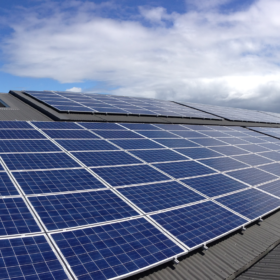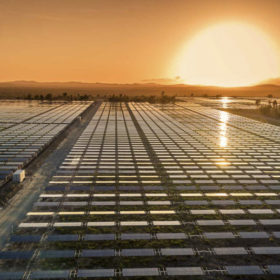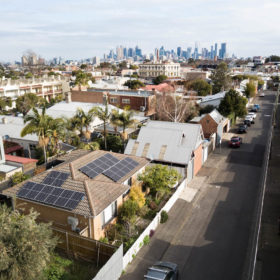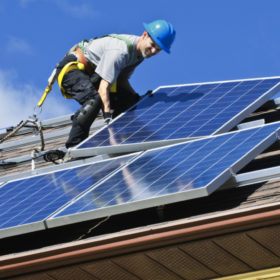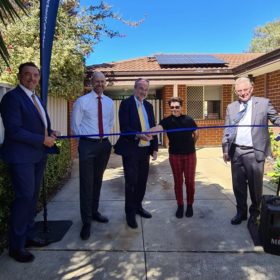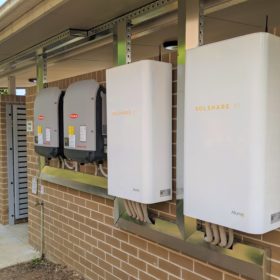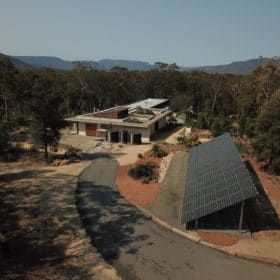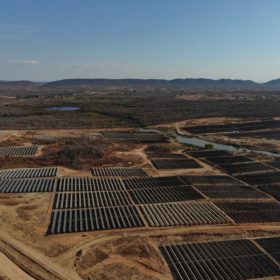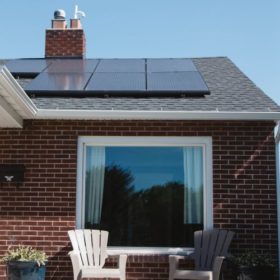Stockland studies rooftop solar in residential setting
Australian property developer Stockland has teamed with the Clean Energy Finance Corporation (CEFC) to launch a research project studying the effects of rooftop solar and associated battery storage on the liveability and affordability of the home.
2020 Year in Review
Soon 2020 will only be a worry to future high-school history students. But when they ask us if anything good at all happened in 2020, remember this review and tell them that solar PV shone in the darkness. Despite the mess of it all, 2020 has been another good year for Australian solar. The industry has demonstrated resilience, and significant progress has been made in the fields of energy storage, green hydrogen and others.
‘There will be more South Australias coming up’
How Australia deals with its solar grid integration, for industry veteran Wilf Johnston, 2021’s most consequential issue. Revamping the way the industry proposes battery storage to Aussie customers and safety are also key areas to watch, he says.
Weekend read: Performance guaranteed
Guarantees and warranties may be thought to deliver peace of mind, but when underperformance on rooftop systems is detected, diagnosing and demonstrating failures is no simple task. pv magazine’s Virtual Insight on Quality event in November tackled this issue from all angles – and what it means for Australia’s burgeoning rooftop segment.
Solar capacity ‘tantalisingly’ close to exceeding expectations but analyst warns of ‘logical’ downturn
Australia is teetering on the upper limit of solar installation expectations for 2020, but this remarkable growth pattern continuing into next year would defy logic, says Tristan Edis.
WA completes first installations of $6 million in solar for public housing
As part of the Western Australian Government’s WA Recovery Plan, $6 million in funding was provided for a Smart Energy for Social Housing program. The program, which should see 500 properties fitted out with solar systems, got underway recently with the first 10 homes already basking in summer savings.
Apartment living in the US is about to get a money-saving Aussie tech boost
Allume Energy’s SolShare technology equitably spreads the solar love among residents of community housing and apartment buildings that can install PV on top. It has just achieved the certification that will let residents of “multi family units” across America enjoy the benefits of renewable energy.
How a NSW man’s off-grid system saved his life
It was still daytime when thick smoke plunged the Kangaroo Valley into complete darkness. Inside Nick Turner’s house, pets and neighbours crowded the lounge room, shrill smoke alarms ringing in the background while black ash rained down and coated the landscape.
Spanish tracker giant STI Norland expands to Australia with a keenness to compete
Spanish tracker giant STI Norland has expanded to Australia with a new subsidiary office in Melbourne. The company is arriving on our shores with a keenness to compete with tracker suppliers who already have their foot in the door. With no solar farm too big or too small, STI Norland Australia CEO Alan Atchison sat down with pv magazine Australia to talk about how the company plans to make tracks Down Under.
Calls for Queensland to follow Victorian lead and extend solar for renters program
Community group Solar Citizens is calling for the Queensland government to expand its solar for renters trial following the release of results which found participating tenants were, on average, $600 a year better off after solar was installed on their rooftops.
